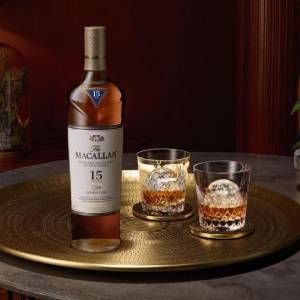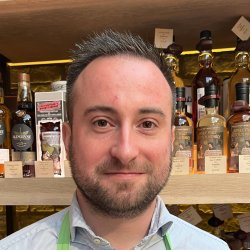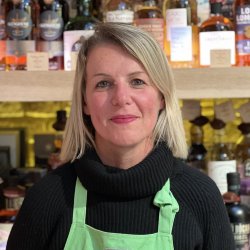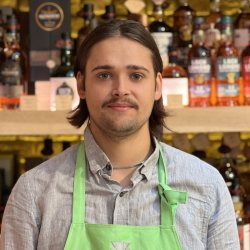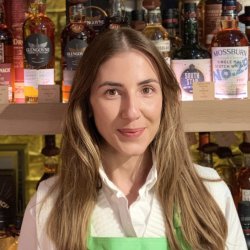Hedonism Meets... Brad Grimes

We sat down with Brad Grimes, chef turned acclaimed winemaker at Abreu Vineyards to discover some of the winemaking secrets behind the exquisite Napa Valley wines he produces and to dig a little deeper into exactly what it is that makes these wines so unique. Enjoy!
“There is hardly a typical day at Abreu.”
What does a typical work day at Abreu Wines involve for you?
There is hardly a typical day at Abreu. My job is diverse so I don’t have a set schedule to my day. I am involved in every aspect of the wine business as well as the farming and development of the Abreu Vineyards’ sites. I am responsible for all of the wine production and the winery facility. Lindsey handles all of the wine sales and logistics around shipping. Still, I often deliver wines to be shipped and oversee all of the wine packaging. I also see every guest that comes to visit the winery. So, I can be communicating with Europe about wine bottle production first thing in the morning, then walking vineyards, pulling samples or doing blending trials, sweeping leaves outside the cave door, seeing visitors, topping barrels…all in one day.
Founded in 1980 by David Abreu, can you tell us a little about the story behind Abreu Vineyard?
David founded David Abreu Vineyard Management in 1980. Abreu Vineyards is the wine side of the business—the first vintage of Abreu wine is 1986 (never released). The first commercial release of Abreu is 1987. David began farming at an early age (cattle ranching). While in high school, he started working in the vineyards at Caymus and then for Inglenook. Eventually he started his own company to design and plant vineyards. That company evolved into a full management company (the first of its kind). David and his crews would execute all of the work on vineyards that they managed as opposed to only doing custom farming (specific tasks).
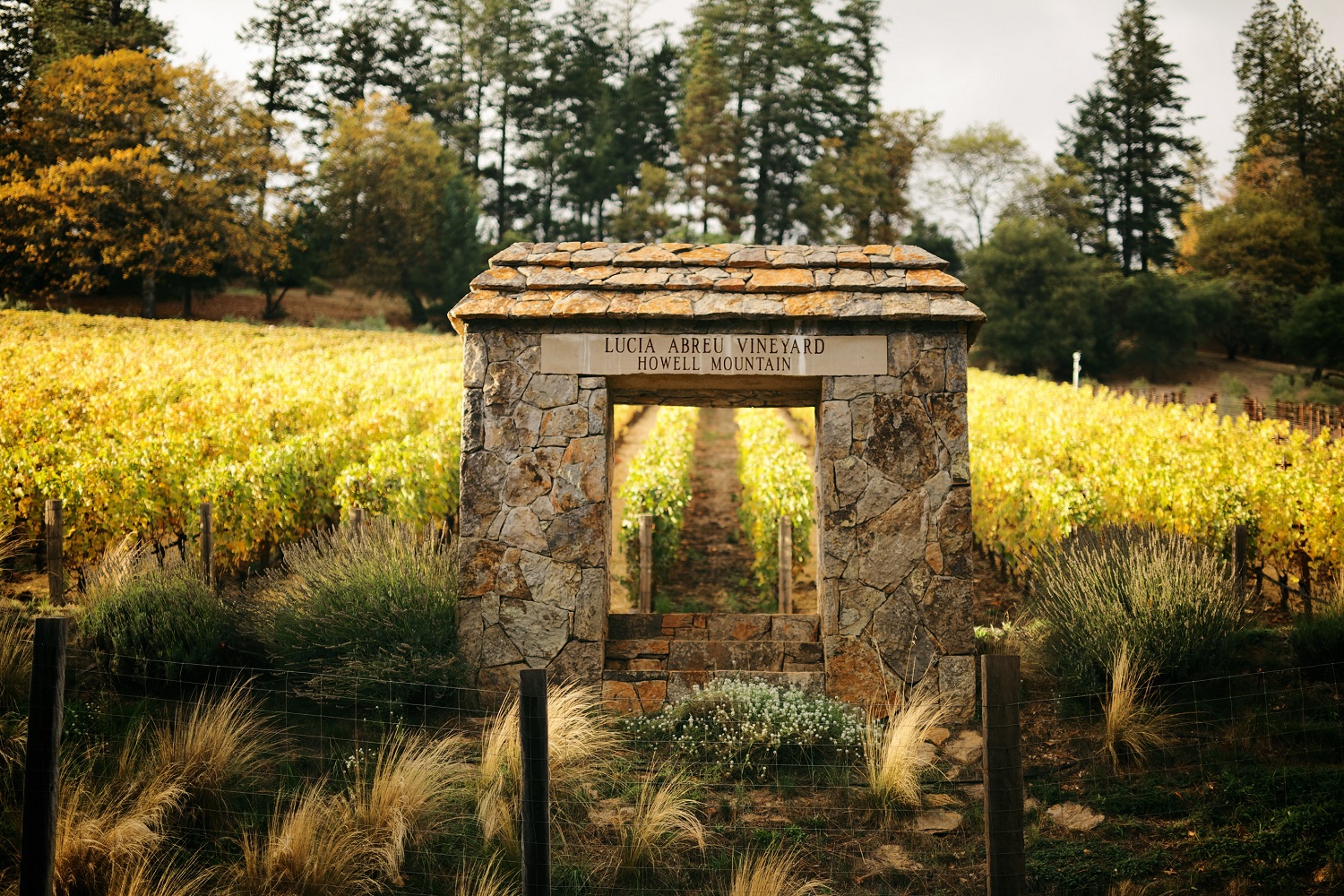
“...there is an energy to the tannins that echo the gravelly nature of the soils”
Here at Hedonism we stock currently stock a range of vintages for Thorevilos, Madrona Ranch, Las Posadas, Cappella and Howell Mountain. Can you tell us a little about the story behind these four wines and the vineyards from which they are produced?
Madrona Ranch: Madrona is the first vineyard planted by David in 1980. This is the “home ranch”—the base of all of our vineyard management operations. The first three phases of the vineyard were planted in 1980, 1985 and 1986. Subsequent plantings occurred in 2001, 2002, 2004, 2006, 2010 and 2014. Madrona Ranch is the most diverse of the four single vineyards. There are four different soil types, different exposures and elevation changes that all contribute to the distinct nature of the Madrona Ranch wine. The Cabernet Franc, particularly from the oldest vines at Madrona, is always a major component of the final blend, in some vintages in equal proportion to Cabernet Sauvignon.
Cappella: Cappella is located just to the south of Madrona Ranch in St. Helena. It is planted on one contiguous soil type: gravely loam. It is the smallest of the four single vineyards sites at less than 6 acres. Cappella is the wine that ends up being the highest percentage of Cabernet Sauvignon, with Cabernet Franc and Petit Verdot rounding out the blend. The early vintages of Cappella display the youthfulness of the vines—there is an energy to the tannins that echo the gravelly nature of the soils. Now that the vines are older, Cappella carries more depth and weight along with the signature gravelly tannin profile.
“The wines from Thorevilos have always been untamed in character.”
Thorevilos: Thorevilos is located in this “Bermuda Triangle” between St. Helena, Conn Valley and Howell Mountain. The first vineyard was planted in 1989, 1990 and 1991. The first single vineyard wine was bottled in 2000. Now, the vineyard is completely new as of 2019. And there is a massive expansion occurring presently. In total, Thorevilos will be about 25 acres planted in the next few years. The wines echo the landscape—wild and rugged. There are multiple rock outcrops and slopes that are unplantable. The soils are primarily volcanic ash and rock with some iron rich clay soils similar to Las Posadas and the eastern hills of Oakville. The wines from Thorevilos have always been untamed in character. Just as with the other Abreu wines, the blends vary with each vintage. Yet there is always a large percent of Petit Verdot and Cabernet Franc that create a signature of Thorevilos.
Las Posadas: There are now four different plantings at Las Posadas. Eleven acres were planted in 2002. In 2006, another 7 acres were planted in a section that we call “The Corral.” In 2014 and 2015, “The Airport” was planted to the same mix of Cabernet and Cabernet Franc. Now, this year, another 5 acres is staked and will be planted in 2023. The first vintage of Las Posadas was 2006 (originally labelled as Howell Mountain through 2010). The wine was more Cabernet Sauvignon dominant until we included fruit from “The Corral” in 2009. Slowly, the percentage of Cabernet Franc increased as we included more fruit from more of the property. The general idea for Las Posadas was to create a wine that redefined Howell Mountain by using Abreu selections and by co-fermenting across variety. The wines carry this forest-like character and also retain a high level of acid and tannin that are unmistakably Howell Mountain.

Winemaker at Abreu since 2000, how did your career transition from chef to winemaker come about?
I met David Abreu in 1999 through Stuart Sloan. David was farming for Stuart and my wife was Stuart’s private chef. I would come down to Napa Valley on occasion and stay at Stuart’s, helping out in the kitchen and organizing Stuart’s wine cellar. Stuart would invite people over for dinner, often David would show up late and, instead of going into the dining room, he would hang out with us in the kitchen. In early 2000, I had lunch with David and asked him how someone could get into the business. He called me the next day and offered me a job. First, I worked in the vineyard. Then, I transitioned into the winery for the 2000 harvest.
“…if someone has not had the Abreu wines before, I would suggest having the Madrona Ranch. It is the wine that originally defined Abreu.”
What would your go to Abreu wine be, and what would you pair with it?
People always ask me a variation of the question: what is your favourite vineyard or wine? I can’t answer that question. If I had a favourite, I would be a disservice to the other sites. I will say, if someone has not had the Abreu wines before, I would suggest having the Madrona Ranch. It is the wine that originally defined Abreu. Pairing is something that I rarely think about, other than the basics. When I cook a lunch for customers or if we do a company party, there is always a selection of wine and food. It is more about providing options so people can choose what they like. We tend to just eat and drink what we like, that is the best pairing.
“…the focus is to make wines of intention that are transcendent and stand shoulder to shoulder with the best wines of the world.”
How have French winemaking and vineyard management techniques influenced what is done at Abreu?
David was certainly inspired by the tighter spacing and vertical trellising he saw in Bordeaux. The same with the wines—it is all about being inspired rather than copying or trying to replicate anything from the vineyard or cellar. The wines that David opened for me in my first year—first growth Bordeaux, white Burgundy, Champagne as well as old California, all defined wine for me and made it clear that the focus is to make wines of intention that are transcendent and stand shoulder to shoulder with the best wines of the world.
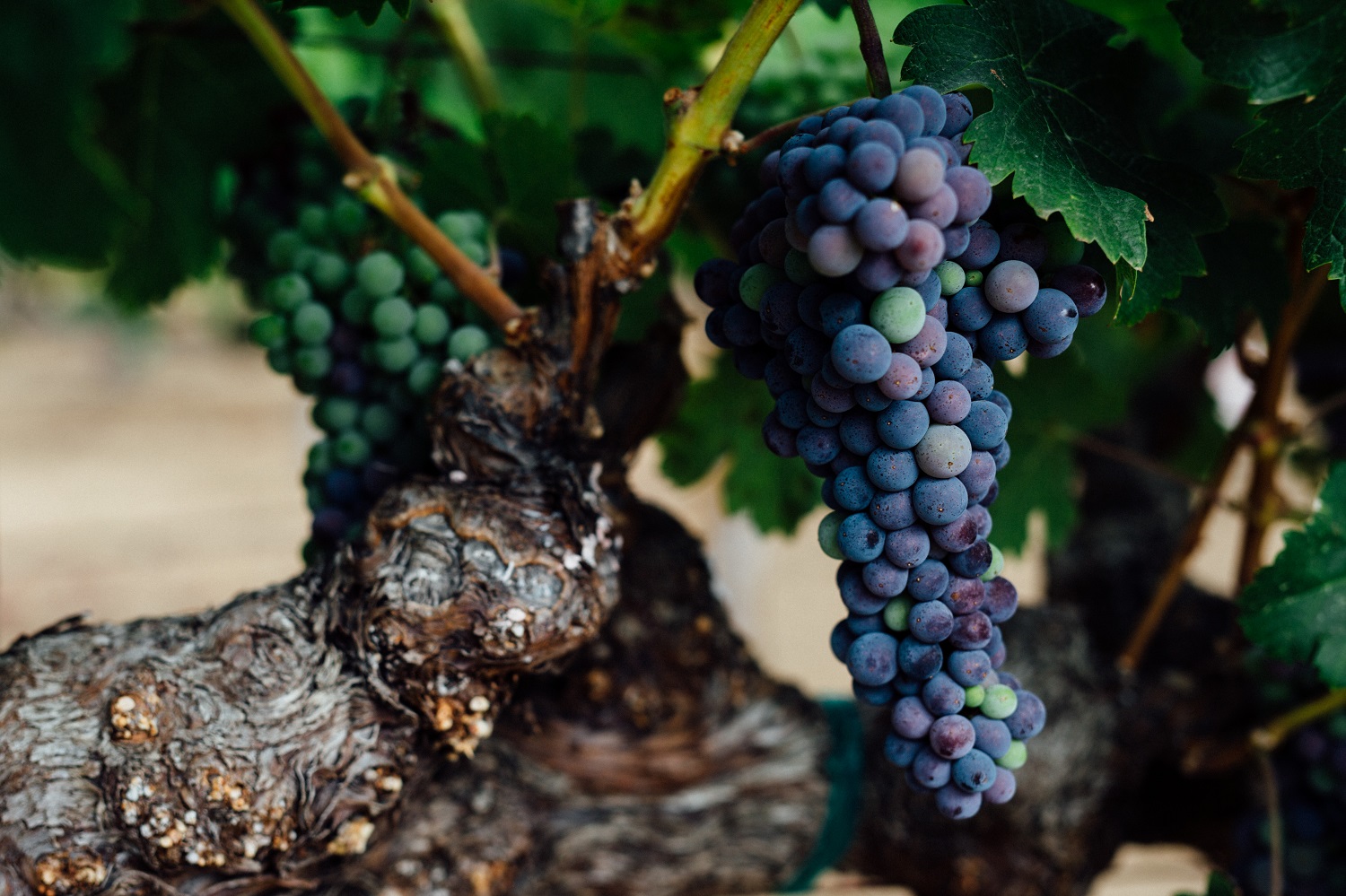
What is it that makes Abreu wines so unique?
The way in which I am able to interact with the vineyard. Since we are in complete control of the farming, we are able to be very precise in the way we pick the fruit. The distinct nature of the wines is also due to the freedom I get to make wines, of the site, in each vintage, with no pre conceived notion or idea of what they are going to be. It is also the culture of the company that allows me to do what I do. The level of work, the precision, the dedication from all of the vineyard staff deserves equal credit for why the Abreu wines exhibit this individual character. The winemaking is singular—I am the only one who touches any tank. Therefore, all of the Abreu wines are the most singular representation of vineyard, in that vintage, through the work in the vineyard and my work in the cellar.
Can you tell us a little about the different grape varieties that you use at Abreu?
The base of all the wines Cabernet Sauvignon and Cabernet Franc. Petit Verdot is at all of the properties as well. There is a small amount of Merlot at Madrona Ranch, none at Cappella. The vineyards where Merlot is more abundant is at Thorevilos and Las Posadas. There is also a small amount of Malbec at Las Posadas.
What role does co-fermentation play in Abreu winemaking?
It allows me to make wines that accurately represent each vineyard. David has a vision when he plants a vineyard. He showed me how to combine grapes at harvest and how well that shows each vineyard site. I found the same, and, how co-fermentation can help balance things naturally. For example, Petit Verdot is a challenging grape to blend into a wine when it is fermented singularly. However, PV has great colour, a strong structural presence and can be the foundation that Cabernet and Cabernet Franc can stand on. To accomplish that, I ferment PV in two primary ways. First, in any combination of grapes, I can always take a small amount of PV (5-8%) and toss that into a tank. It adds colour, acidity and intensity to that fermentation. If I have a good amount of PV that is ready, I surround it with around equal parts Cabernet Franc and a small amount of Cabernet Sauvignon to create a blend that becomes a primary blending component from any of the single vineyard sites. If I took the same PV and fermented it separately, I could only use a small amount.

How is climate change having an impact on wine production at Abreu?
The weather in Napa Valley is definitely getting drier and warmer. We have changed the way that we manage canopy—we leave more laterals and leaves in the past to protect clusters. In 2006, we began to use shade cloth in some more exposed row directions. Heat and sun exposure are what we feared the most until the fires began in 2017. We have no red wine in 2020. The fires in 2017 were at the very end of harvest so there was very little impact on our 2017 production. Fires, and smoke, remain the most impactful and are something that we think about constantly. We have no plans to plant other varieties or to change the way we farm at the moment. We have adapted to climate change in the ways that make the most sense to us. Given that this will be an ever-changing environment, we will adapt as we see fit. Just as with all decisions, we will do what makes the most sense at the time and continue to adapt as time goes on.
Are there any exciting new projects in the pipeline?
Thorevilos is expanding and will eventually live a higher existence than in the past. There is also a fifth vineyard that is in the planning stages. There is little to say about that until we get fruit from the vines. The first year will be either 2025 or 2026.


